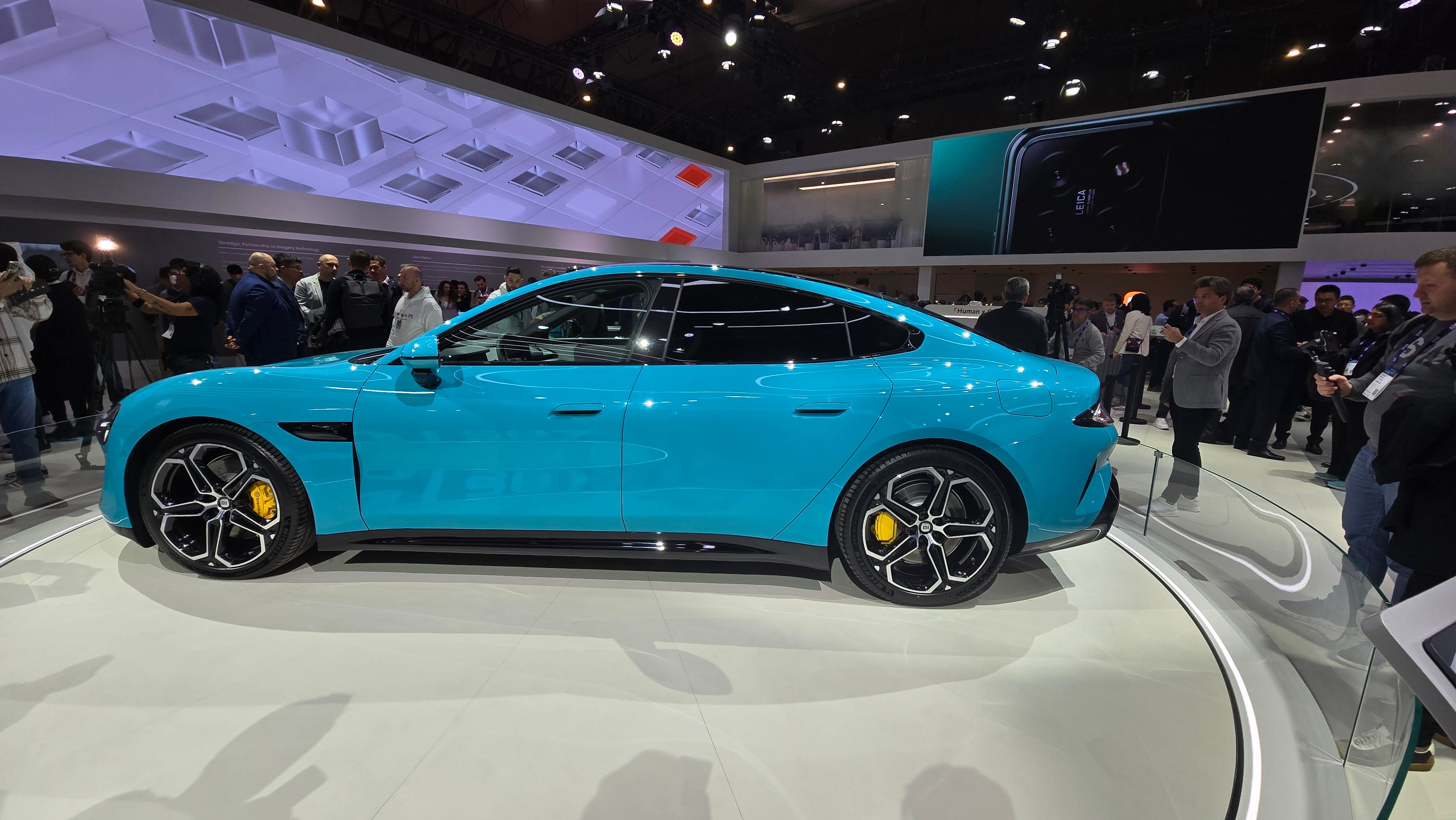
Motorola–a name that was once dominant in the midrange smartphone segment with its G and E Series– lost out to emerging players such as Xiaomi, Realme, and others. While the company has been trying to reposition itself in the market with its Edge Series, the Lenovo-owned player is now planning a major overhaul in its smartphone portfolio and aims for a global comeback.
Chen Jin, the General Manager of Lenovo China Mobile Phone Division, has revealed Motorola’s product lineup plans for 2024 in a post on Weibo, the Chinese social networking platform. The company will continue focusing on its Razr foldable, while revamping the X series with powerful imaging capabilities.
Motorola’s Plans For 2024
Motorola has finally spoken over its delay in announcing a new flagship with the latest Qualcomm Snapdragon 8 Gen 3 chipset. As per Chen, the company was reorganizing its product planning, which has pushed its flagship release a little further.
As per his Weibo post, Motorola will soon unveil a new Razr foldable device with a new design. This series has seen significant success in China as well as other global markets. Moto will also revive its X series, possibly with a camera-centric device.
Moto is also trying to overcome the challenges faced in developing devices with foldable screens. The new flagships from the company will emphasize design and product refinement. Apart from hardware improvements,
Motorola is looking to implement AI across all of its smartphones under Lenovo’s concept of ‘AI for All’. Upcoming Moto devices will include an AI-powered Assistant powered by the Tianxi Ecological Device-Cloud Hybrid Large Model.
Moto is also aiming to bring comprehensive upgrades to its S and G Series. These devices could come equipped with new large language model capabilities, hinting that the new wave of Moto smartphones will heavily focus on AI features.
Moto has not shared the exact details of its upcoming devices. The company also did not feature in the list of Qualcomm’s partners during the release of the Snapdragon 8 Gen 3 chipset. Chen Jin’s statement suggests that we can expect the upcoming Moto Razr foldable to launch in the first half of 2024 with the latest Qualcomm chipset.
Moto currently sells both the Razr 40 and the Razr 40 Ultra in India. In fact, the Moto Razr 40 is the most affordable folding device in India with a current price tag of Rs 44,999. Hence, Moto is expected to bring its upcoming Razr flagship to India, alongside its global launch.
However, Moto could launch its X and S Series devices from China under the Edge Series branding in markets like India. The Moto Edge 30, Moto Edge 40 Neo, and other devices have seen good success in India in the Rs 25,000 price bracket, while competing against several big names like the OnePlus Nord Series, Realme 11 Pro Series, and the Redmi Note 12 Series.
Motorola’s Journey in India So Far

To recall, Motorola’s most successful lineup in India was once the G-Series, with devices like the Moto G3 and Moto G5+ which offered some of the best specifications among all other devices in the sub-Rs 15,000 segment. Moto was also known for introducing water-resistant smartphones in this price range.
As of now, Moto has adapted itself to the market by launching multiple devices in a similar price bracket. This approach has appeared to be successful so far, as the company has over eight devices in its Moto G-Series in India, allowing it to cater to users with all types of needs. It will be interesting to see the changes from Motorola in its upcoming smartphone overhaul of 2024.

















